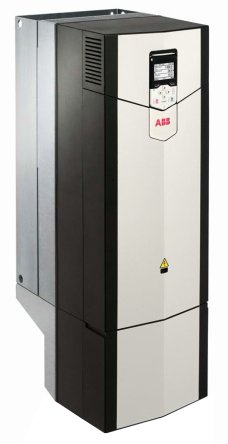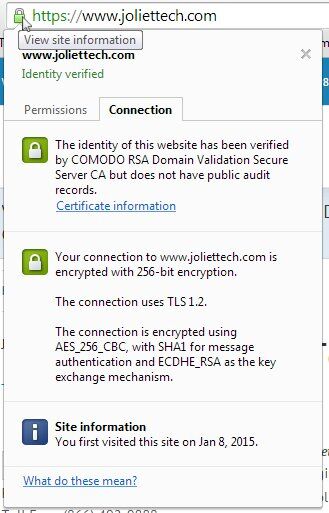Variable Speed Drives in Mixing Applications
Due to often high starting torque, heavy loads, and changing viscosities, mixing applications can be challenging. But with the right torque vector variable frequency drive (VFD) consistent batching, equipment life, and energy efficiency go hand-in hand. Let’s take a closer look at the features and capabilities that make these drives a solid choice for process mixing applications.
Starting torque: A number of factors can influence the amount of starting torque needed to get agitators in motion. The sheer volume of materials to be mixed, and their density, can place a lot of stress on vessel mixing components. Tank design also influences this – factors such as tank geometry, agitator design, baffle design and geometry, hub arrangement, motor power output, and tank temperature control all can affect the torque needed to begin a mixing cycle. And of course, batch variability also is a critical factor.
Modern vector control drives are capable of providing full torque at zero speed, which not only ensures sufficient starting power but also allows for efficient power consumption during starting. Where high torque isn’t needed, the soft-starting capability of these drives can save significant wear and tear on mixing components and gear boxes.
Mixing dynamics: […]


 Fig. 1 – Drive Module (ACS880 series) Courtesy of ABB Inc.
Fig. 1 – Drive Module (ACS880 series) Courtesy of ABB Inc.

